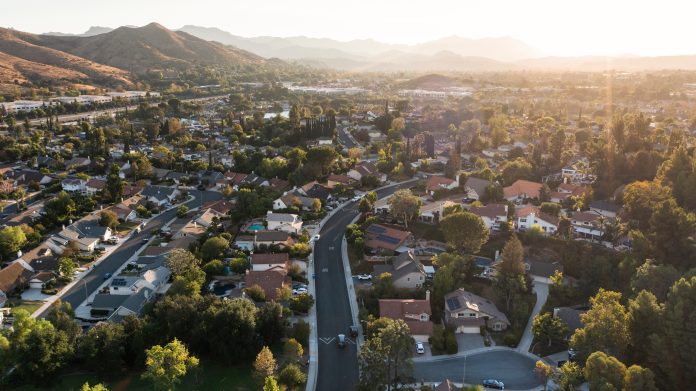When I first read Zillow’s new report that America’s housing market had gained $20 trillion in value in just five years, I had to pause. Twenty trillion dollars! That’s not a number you just skim past. To put it into perspective, that’s almost the size of the entire U.S. economy.
Now, I’ve been living in California for the last 27 years. I grew up in New York, and I also went to school in Florida. That mix gives me a pretty unique lens to look at this report because all three of those states — New York, California, and Florida — are at the center of Zillow’s findings. New York is booming, California and Florida are cooling, and the national numbers don’t tell the whole story.
So in this article, I want to do two things:
- Break down what Zillow’s numbers actually mean.
- Share some on-the-ground perspective from someone who’s been watching these markets up close for decades.
The Big Picture: The Housing Market is Worth $55 Trillion and Counting
According to Zillow, the U.S. housing market is now worth about $55 trillion. That’s a 57% jump since 2020.
Here’s the key detail: this figure isn’t just based on what homes sold for recently. It’s the estimated value of every single home in the country added together. That’s why the number looks so massive.
But the big question is — how did we get here when mortgage rates have been so high? After all, rates have hovered at elevated levels since 2022, and affordability has been stretched thin.
The answer is supply. Even with weaker demand, supply has been even weaker in many parts of the country. When there aren’t enough homes for sale, the homes that are available keep their value or even climb higher. It’s Economics 101: scarcity drives prices up.
But that’s the national picture. Once you zoom in on specific states, the story changes dramatically. And that’s where my perspective from living in these three very different places comes in handy.
New York’s Boom: Scarcity on Steroids
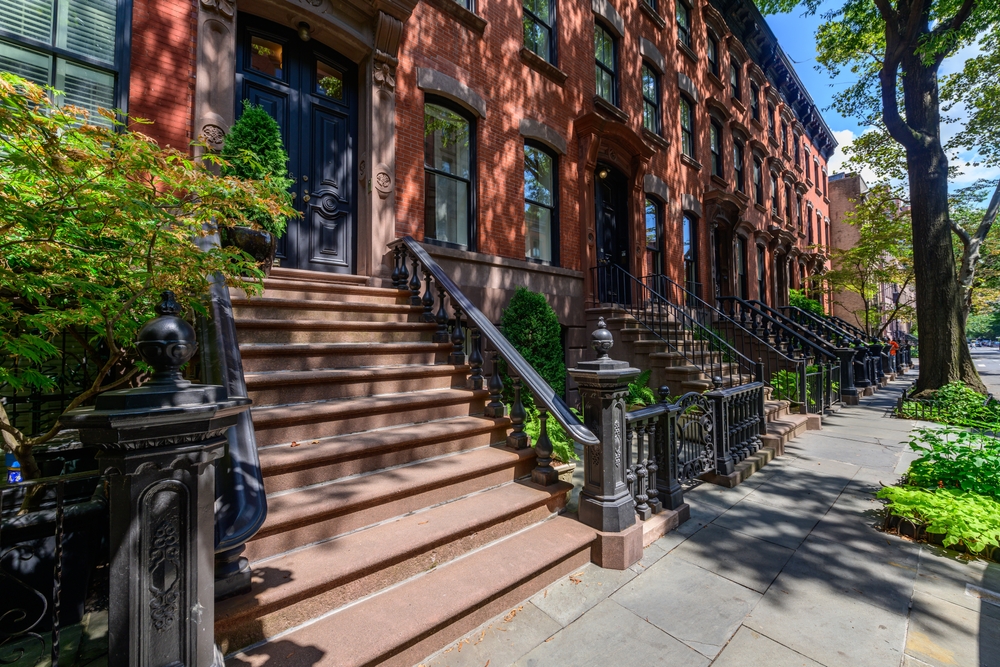
Let’s start with New York, my home state.
Zillow says the New York housing market added $216 billion in housing value just in the past year — more than any other state. That’s not surprising to me at all. I grew up around the kind of neighborhoods where homes rarely hit the market. Generations pass them down, or people hold onto them for decades.
Now fast-forward to 2025. According to Zillow’s senior economist, New York has about half as many homes for sale now as it did before the pandemic. Half. That’s scarcity on steroids. And when inventory is cut in half but demand remains, prices don’t just hold — they soar.
Yes, mortgage rates are high, but in New York, buyers are still competing hard for what little inventory exists. And unlike in Florida or Texas, there isn’t endless land to build new homes on. That structural limitation keeps prices elevated.
I’ll tell you, growing up in New York, I saw families stretch themselves thin just to get a foothold in certain neighborhoods. Today, that pressure is even greater. If you own in New York, you’re sitting on an asset that continues to defy gravity.
Florida’s Cooling Housing Market: From Boom to Bust
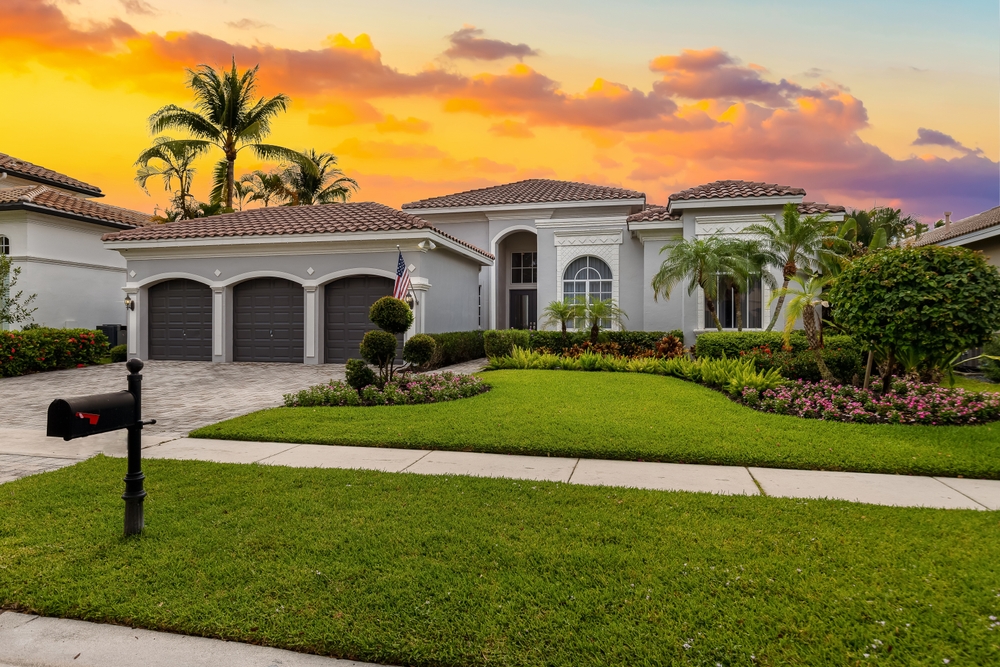
Florida, on the other hand, is a different story.
I went to school in Florida, and I still remember how the pitch sounded back then: sunshine, space, and homes that felt affordable compared to New York or California. For decades, Florida has been the place where buyers from other states relocated for more house at a lower price.
During the pandemic, demand in the Florida housing market went through the roof. People flocked there in droves. But now? Zillow’s data and other reports show the air is coming out of the balloon. One analysis from Intercontinental Exchange found that 85% of Florida counties saw home prices decline year-over-year.
Why? Two big reasons: insurance and natural disasters.
Florida has always been exposed to hurricanes, but the insurance market has reached a breaking point. Premiums have skyrocketed, and in some cases, insurance companies have pulled out entirely. I still keep in touch with friends in Florida who’ve told me buyers are walking away from deals the moment they see the insurance quote. Add in rising property taxes, and suddenly that affordable dream home isn’t so affordable anymore.
Florida has always had a boom-and-bust housing cycle, but what’s different this time is the sheer weight of insurance and climate risks. Those aren’t going away.
California’s Down Cycle: My Backyard
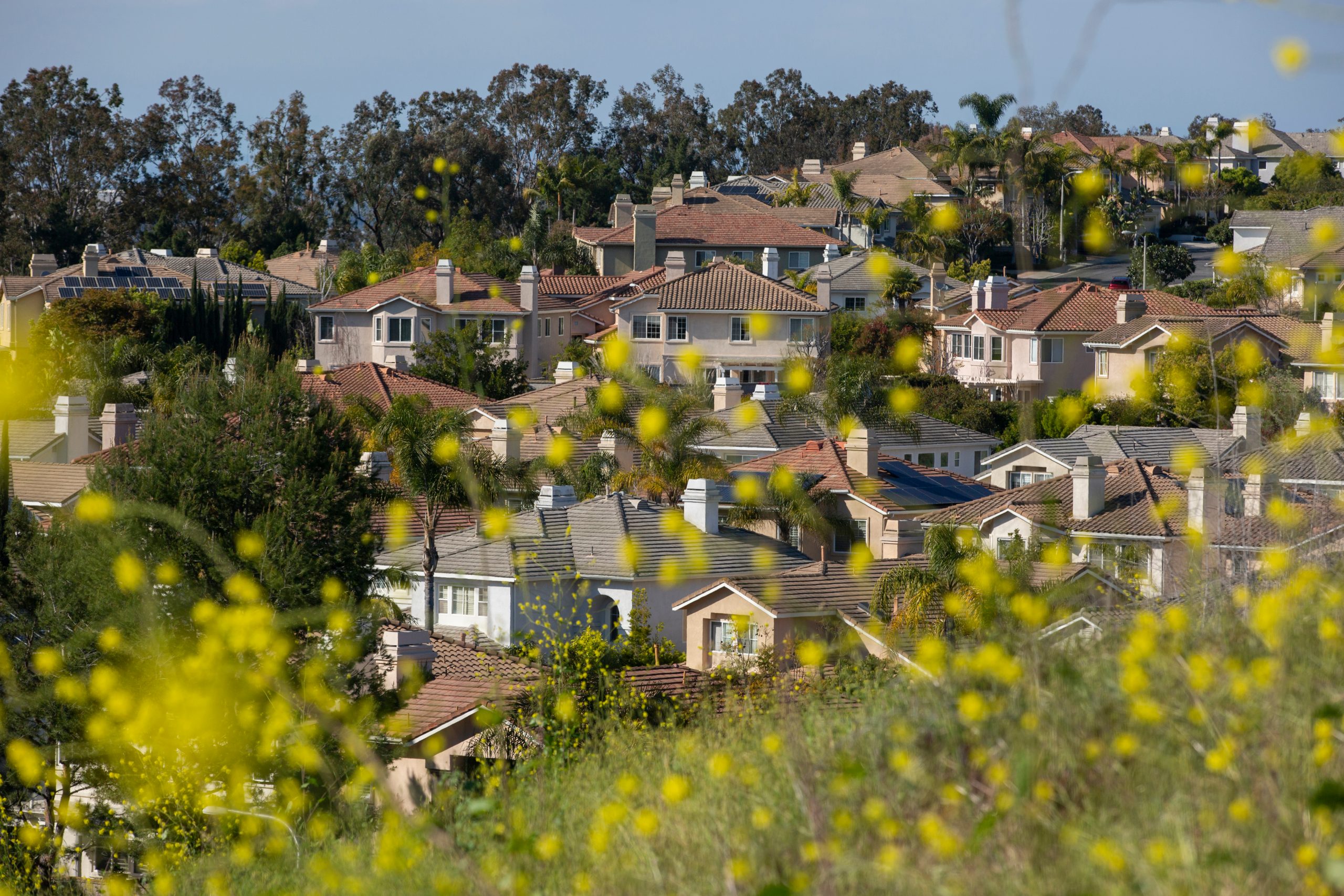
Now let’s talk about California — my backyard for nearly three decades.
California has lost billions in value in the housing market this year, and honestly, it feels familiar. I’ve lived through multiple housing cycles here, and they always follow a similar pattern: rapid growth, affordability crisis, then a cooling phase where sellers have to reset expectations.
Right now, we’re in that cooling phase. Inventory is building, sellers are making concessions, and buyers are pushing back on pandemic-level pricing. That doesn’t mean there are plenty of great places to live in California, though.
But in California, it’s not just about supply and demand. Like Florida, we have an insurance problem, only ours is tied to wildfires. Insurers have raised rates or stopped writing new policies in certain high-risk areas. Combine that with California’s already high property taxes and cost of living, and it’s no wonder values are slipping.
That said, California is not one market. Coastal areas — Orange County, San Diego, parts of the Bay Area — are still holding value better than inland markets. I’ve watched young families get priced out again and again here, and even during downturns, certain zip codes stay stubbornly expensive.
So when Zillow says California is losing billions in value, it’s true in the aggregate. But on the ground, it’s a patchwork. Some sellers are struggling, while others barely feel the shift.
Texas & The Sun Belt: Supply Meets Slowdown in the Housing Market
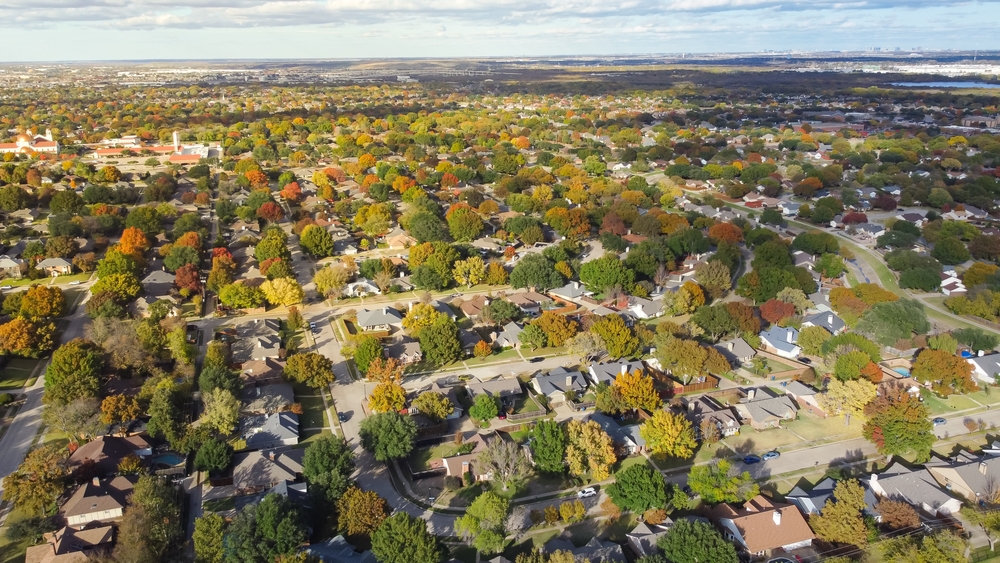
Texas is another pandemic boom state that’s cooled, but its story has an interesting twist.
Yes, resale homes have lost value, but new construction is propping up the housing market. Zillow found that more than 20% of Texas’s value gains since 2020 came from new homes — the highest share in the country besides Utah.
That lines up with what I’ve seen traveling through Texas for work. Builders there move fast, land is available, and they’ve been able to create pockets of affordability that you just don’t find in California.
The Sun Belt overall — Arizona, Colorado, parts of Nevada — is seeing a similar split. Pandemic demand pushed values to unsustainable levels, but new construction is helping soften the downturn.
What Buyers Should Take Away
So what does this all mean if you’re a buyer?
If you’re looking in a cooling market like California, Florida, or Texas, you finally have some leverage. Sellers are making concessions, and price cuts are becoming common. But be smart. Don’t just look at the sticker price — factor in insurance and property taxes. I can’t stress this enough. I’ve seen deals fall apart because buyers didn’t do the math until it was too late.
In hot markets like New York or New Jersey, it’s the opposite problem. You’ll be fighting scarcity. Expect competition, and be ready to act fast if you find the right home.
From my own experience buying in California, patience and timing are everything. Sometimes waiting a few months can save you tens of thousands.
What Sellers Should Take Away
If you’re a seller, the lesson depends on your market.
In New York or the Northeast, scarcity is on your side. But don’t get greedy — buyers are still sensitive to affordability.
In California or Florida, you’ve got to manage expectations. The days of multiple offers way over asking are fading. I’ve seen friends and clients here in Orange County who had to reduce their asking price more than once just to get offers coming in. Pricing strategically from the start is key.
Remember, a home that lingers on the market sends a signal to buyers. Better to price realistically upfront than chase the market down later.
The Investor Perspective on Today’s Housing Market
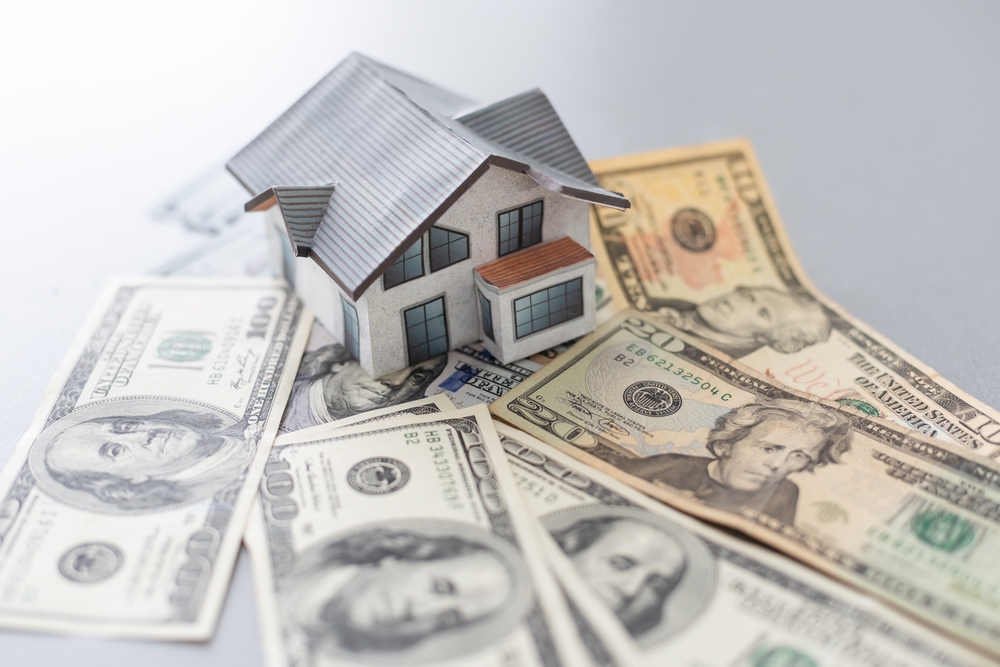
For investors, this report reinforces something I’ve learned over the years: real estate is cyclical. What goes up comes down, and what cools off often comes back.
The trick is to focus on fundamentals: jobs, infrastructure, insurance risk, and affordability. Markets that solve those problems recover stronger. Markets that don’t, struggle longer.
Having watched New York, Florida, and California closely, I’d never bet against real estate long-term. But the ride is always bumpy.
Local Markets Tell the Real Story
So here’s where we land.
Yes, America’s housing market has gained $20 trillion in value in just five years, bringing the total to $55 trillion. But those gains aren’t evenly spread. New York and the Northeast are soaring, while California, Florida, and Texas are cooling due to insurance, taxes, and rising inventory.
From my own journey — growing up in New York, going to school in Florida, and spending 27 years here in California — I can tell you this: real estate is local. National headlines are attention-grabbing, but your buying or selling decision should come down to what’s happening in your zip code.
So whether you’re looking to buy your first home, sell your current one, or invest in the future, don’t just read the $20 trillion headline. Look closer. The opportunities — and the risks — are always local.
